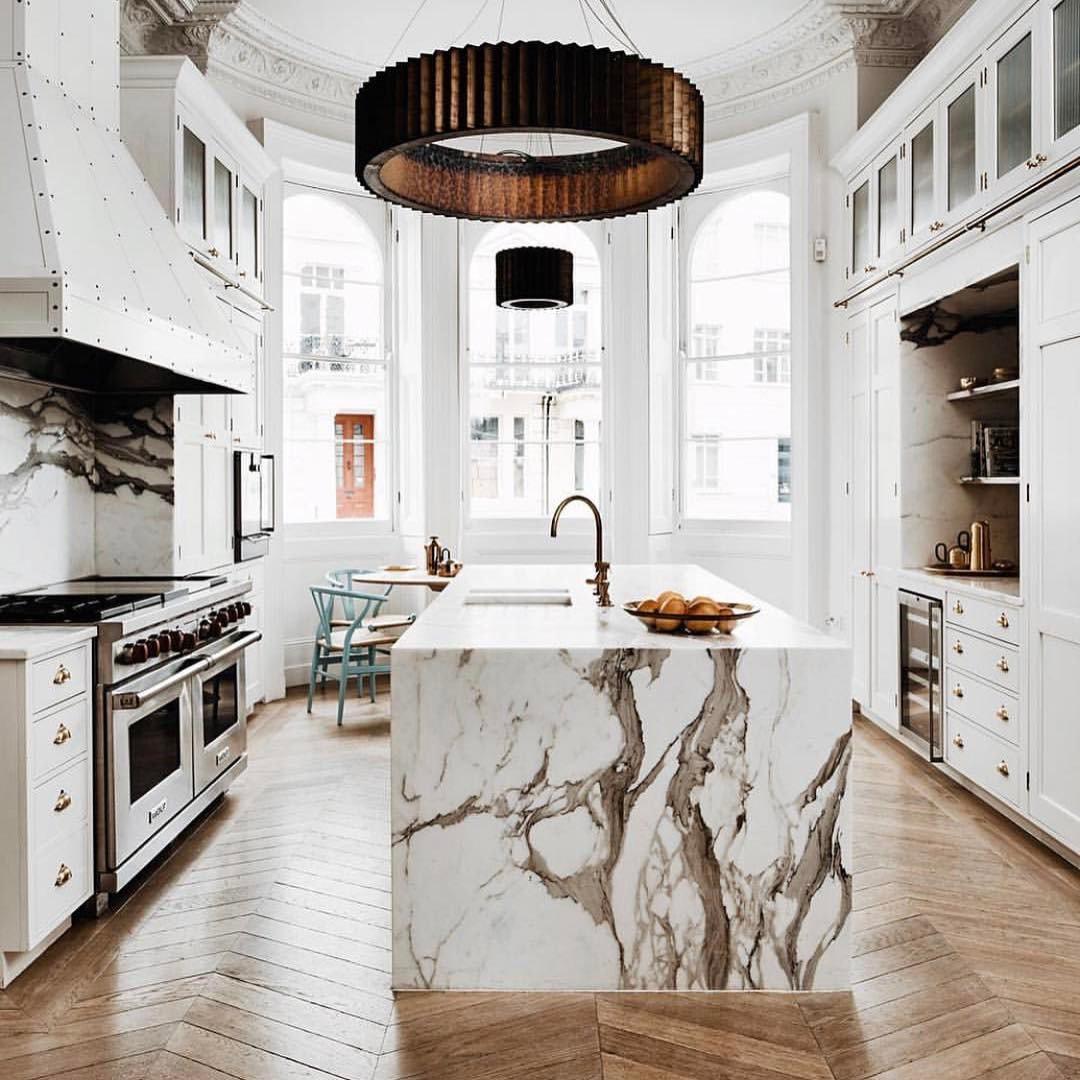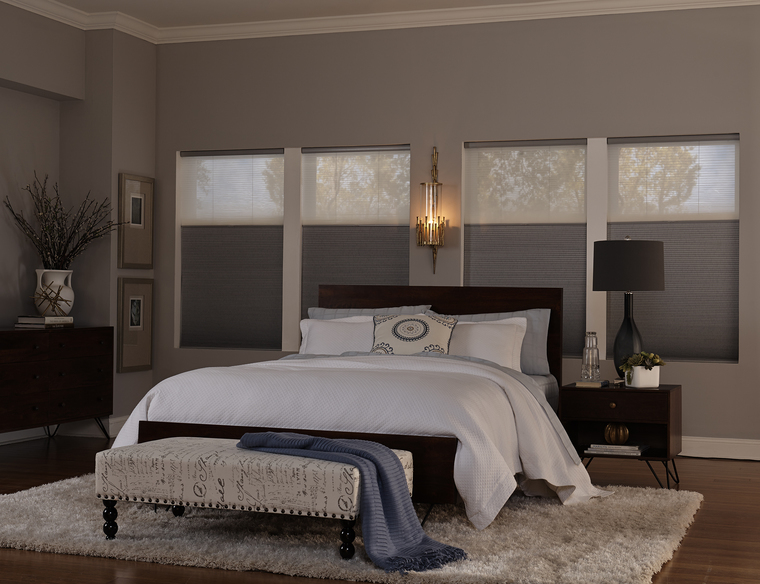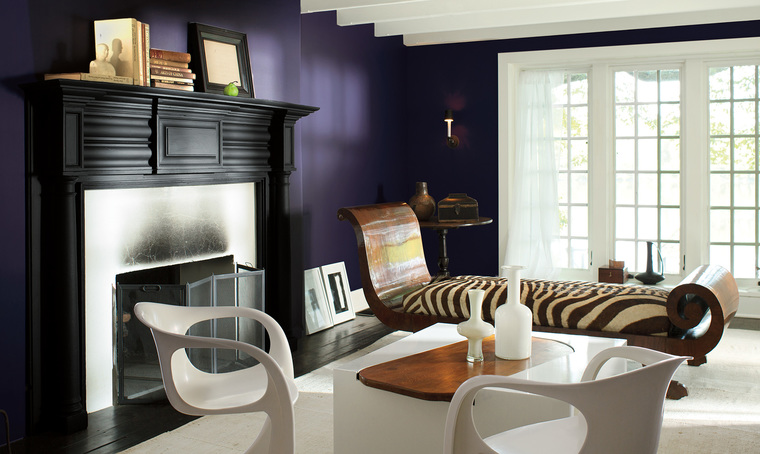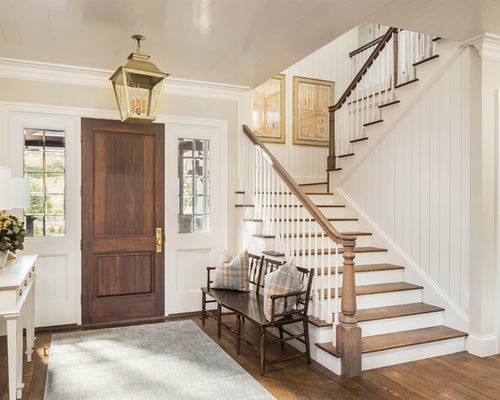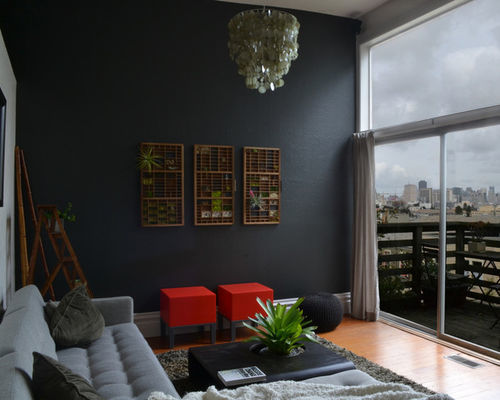A Home Addition: What to Consider Before Starting to Build
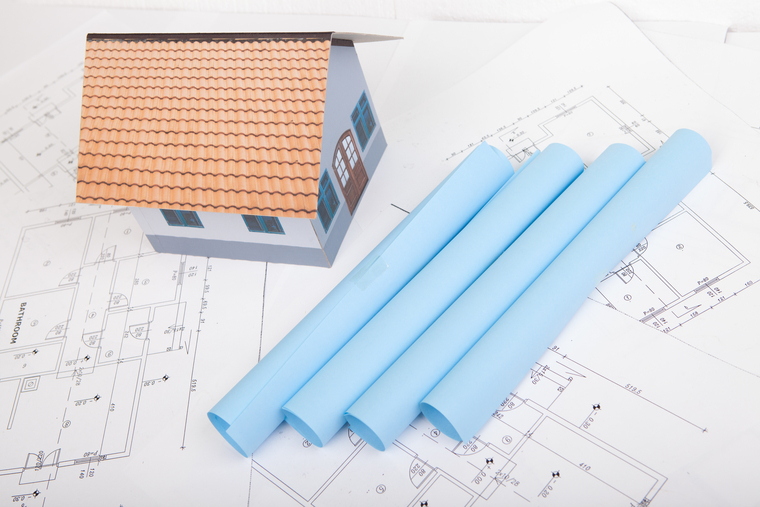

Adding on to your current home may be your best bet if you’re short on space, but you don’t want to move or can’t find another house in the area with all the qualities you’re seeking. It’s also an attractive option if the house you have is lacking just one significant element (a family room, another bedroom, a larger kitchen, a separate apartment, etc.).
On the other hand, even a modest addition can turn into a major construction project, with architects and contractors to manage, construction workers traipsing through your home, hammers pounding, and sawdust everywhere. And although new additions can be a very good investment, the cost per-square-foot is typically more than building a new home, and much more than buying a larger existing home.
Define your needs
To determine if an addition makes sense for your particular situation, start by defining exactly what it is you want and need. By focusing on core needs, you won’t get carried away with a wish list that can push the project out of reach financially.
If it’s a matter of needing more space, be specific. For example, instead of just jotting down “more kitchen space,” figure out just how much more space is going to make the difference, e.g., “150 square feet of floor space and six additional feet of counter space.”
If the addition will be for aging parents, consult with their doctors or an age-in-place expert to define exactly what they’ll require for living conditions, both now and over the next five to ten years.
Types of additions
Bump-out addition—“Bumping out” one of more walls to make a first floor room slightly larger is something most homeowners think about at one time or another. However, when you consider the work required, and the limited amount of space created, it often figures to be one of your most expensive approaches.
First floor addition—Adding a whole new room (or rooms) to the first floor of your home is one of the most common ways to add a family room, apartment or sunroom. But this approach can also take away yard space.
Dormer addition—For homes with steep rooflines, adding an upper floor dormer may be all that’s needed to transform an awkward space with limited headroom. The cost is affordable and, when done well, a dormer can also improve the curb-appeal of your house.
Second-story addition—For homes without an upper floor, adding a second story can double the size of the house without reducing surrounding yard space.
Garage addition—Building above the garage is ideal for a space that requires more privacy, such as a rentable apartment, a teen’s bedroom, guest bedroom, guest quarters, or a family bonus room.
Permits required
You’ll need a building permit to construct an addition—which will require professional blueprints. Your local building department will not only want to make sure that the addition adheres to the latest building codes, but also ensure it isn’t too tall for the neighborhood or positioned too close to the property line. Some building departments will also want to ask your neighbors for their input before giving you the go-ahead.
Requirements for a legal apartment
While the idea of having a renter that provides an additional stream of revenue may be enticing, the realities of building and renting a legal add-on apartment can be sobering. Among the things you’ll need to consider:
- Special permitting—Some communities don’t like the idea of “mother-in-law” units and therefore have regulations against it, or zone-approval requirements.
- Separate utilities—In many cities, you can’t charge a tenant for heat, electricity, and water unless utilities are separated from the rest of the house (and separately controlled by the tenant).
- ADU Requirements—When building an “accessory dwelling unit” (the formal name for a second dwelling located on a property where a primary residence already exists), building codes often contain special requirements regarding emergency exists, windows, ceiling height, off-street parking spaces, the location of main entrances, the number of bedrooms, and more.
In addition, renters have special rights while landlords have added responsibilities. You’ll need to learn those rights and responsibilities and be prepared to adhere to them.
Average costs
The cost to construct an addition depends on a wide variety of factors, such as the quality of materials used, the laborers doing the work, the type of addition and its size, the age of your house and its current condition. For ballpark purposes, however, you can figure on spending about $200 per square food if your home is located in a more expensive real estate area, or about $100 per food in a lower-priced market.
You might be wondering how much of that money might the project return if you were to sell the home a couple years later? The answer to that question depends on the aforementioned details; but the average “recoup” rate for a family-room addition is typically more than 80 percent.
The bottom line
While you should certainly research the existing-home marketplace before hiring an architect to map out the plans, building an addition onto your current home can be a great way to expand your living quarters, customize your home, and remain in the same neighborhood.
Just a Dash of Feng Shui
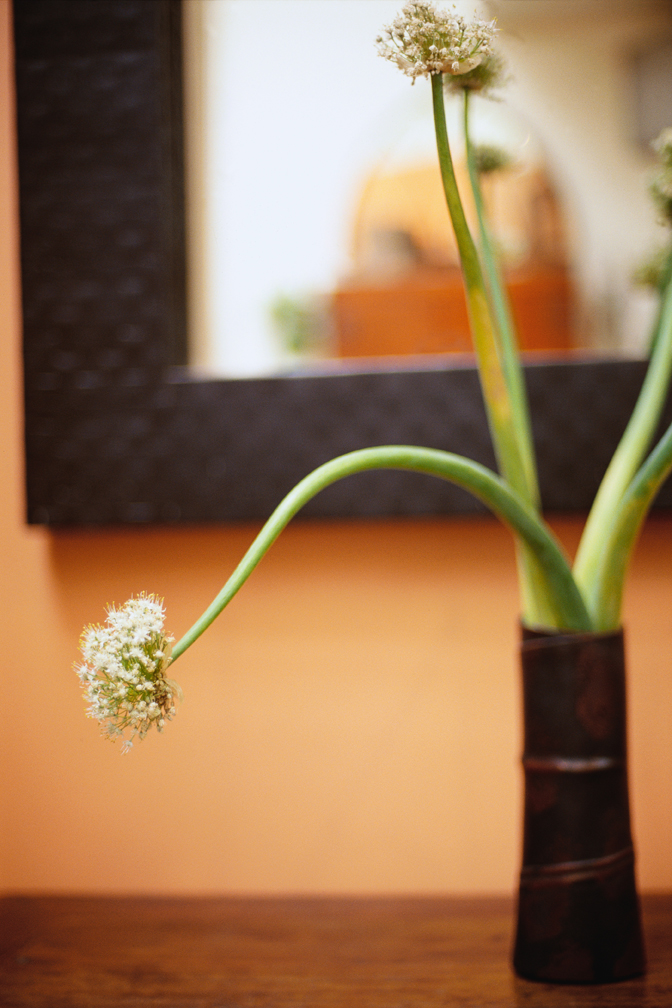
 What is a home if not personalized to those who share its walls? Feng Shui is intended to create a place of peace, balance and harmony for you and yours. You can achieve this type of atmosphere through the things you bring into your home and the way that you stage your environment.
What is a home if not personalized to those who share its walls? Feng Shui is intended to create a place of peace, balance and harmony for you and yours. You can achieve this type of atmosphere through the things you bring into your home and the way that you stage your environment.
Feng Shui helps enhance your space and deliver positive energy by creating a more comfortable, clutter-free environment, and incorporating the influential elements found in nature. A recent article titled Feng Shui Basics for Home Decorating provides what I consider the simplest definition: “the use and placement of objects and materials to create a harmonious flow of life energy. As such, the design of each room should be based on the people who use it the most.”
To better understand Feng Shui, it is important to know the elements in which it is grounded: Water, Earth, Fire, Metal and Wood. Incorporating these elements into your home can be surprisingly simple, inexpensive, and do-it-yourself.
Element by element, here are some ideas and explanations of Feng Shui for your home:
-
- Water: The water element also includes wind. Blues and blacks represent this element, as does integrating a water source in a home, which gives off a presence of refreshing movement. Rock fountains and indoor aquarium tanks are common in Feng Shui-oriented homes.
Using mirrors in your home can be another way to incorporate the water element. The reflective surface of a mirror is similar to the properties given off by a pond or lake. A fashionable mirror can be arguably as attractive as a framed picture, and doubles as being resourceful when you would like to check out your look. Decorating with mirrors can be perfect for a living room space that needs light and enlargement, and a flow of movement.
The living room is typically one of the largest shared spaces of movement in a home, so incorporating a tasteful mirror in this room would be oh-so-appropriate.
-
- Earth: “Adding the earth element to your home quarters strengthens feelings of safety and security. The grounding support of earth energy should bring comfort to the soul and tone things down” is how Happy Home Zone describes home decorating with the earth element.
A simple way to add the earth element to your home is by use of color, and earth tones are the most obvious source. But if tans, browns and oranges are not your thing, try a deep red, mossy green or an off shade of white.
You don’t need to paint every wall or replace your furniture. Start small with a cream throw or piece of artwork. Cream is a color that matches almost any other. Earth tones in beiges, brown, tans and off-whites are also aesthetically pleasing accent colors.
Due to the calming, soothing properties earth tones extract, your bedroom would be a perfect place in which to add this element.
-
- Fire: Another element you may consider incorporating into your bedroom is fire, due to its association with passion, happiness and love. Keep in mind, however, that fire should be used lightly; in large amounts its passionate properties can give off anger vibes.
An article titled How to Decorate with Earth, Fire, Wind and Water suggests incorporating the fire element through the use of “silks and synthetic fabrics, images of sunrises, geometric abstracts, triangular shapes, animal patterns, the color red and candles”.
Candles are always in style, fit well in nearly any room, and come in a variety of shapes and sizes. They can be inexpensive to buy or a fun Do-It-Yourself craft project. A candle display can work nicely in a bathroom and double as an air freshener.
-
- Metal: According to Spiritual Feng Shui.com, “metal is a symbol of wealth and protection. Metals include stainless steel, aluminum, sterling silver, or iron.”
One of the most obvious places to incorporate metal would be in your kitchen. But metal has taken on a new trend outside of kitchen appliances; metal decorations can be used in any room you choose, and can be trendy and tasteful for both men and women. Check out these great precious metals and be inspired!
-
- Wood: The wood element represents growth, and can be incorporated through almost any vegetation you choose to bring into your home. Indoor herb gardens or a potted houseplant can enhance your home aesthetically by being decorative and fragrant.
Growing your own edible vegetation can be a profitable experience, saving money on your grocery bill and adding flavor to your food. But if you lack the outdoor space to do it, read how indoor gardens can be accommodating. Indoor gardening is something your entire household can get involved in and enjoy.
Essentially, among other properties, Feng Shui is about balance – balance in your environment for you and for those with whom you who share your space. If Feng Shui is something you are interested in, start by adding a few of these elements into your décor and gradually increase them as you see fit, to find what balances your home best for YOU.
How do you achieve balance in your living space?
Brittany Lockwood works in Marketing at Windermere Real Estate. She is the in-house expert on weatherizing, yard-sales and interior design. She lives in Seattle in a renovated condo which she enjoys re-arranging and decorating.
Blinds or Curtains? Or Both? Top Things to Consider When Choosing Your Window Style
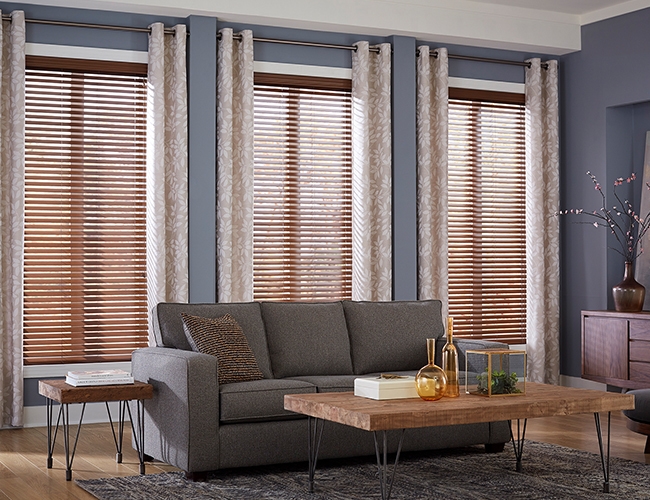

Some rooms just need blinds, other rooms just need curtains, and then some rooms look best with both. But how do you decide which rooms need what? There are a number of factors to consider when you’re picking window treatments for rooms in your house, from price to insulation to style to orientation within the room.
Price
Adding a combination of blinds and curtains on your windows may seem like the best idea for almost any room in your home. But that can get pricey. Basically, you’re doubling up the cost of the treatments for each window. So when you’re deciding on a budget for your treatments, be methodical. Guest bedrooms, laundry rooms, bathrooms, or any uncommon, informal areas in your home are good candidates for either blinds or curtains, not both—you likely don’t spend much time in these spaces, they don’t need to be the most styled part of your home and/or they don’t require a high level of privacy. Save the money on these areas and choose a treatment that gets the job done. On the other hand, living areas, formal dining rooms and master bedrooms are places where a combination of both can add ultimate style, privacy and temperature comfort, and it could be worth the money to invest in these high-impact areas.
Insulation
Sunlight can be a blessing and a curse for your home. It can fill living areas with wonderful natural light. It can liven up dining areas or kitchens. But, harsh sunlight can also heat up a room late in the afternoon, it can fade furniture, or it can wake you up too early on the weekends. When it comes to blocking out the sun, faux wood blinds and heavier curtains should be considered. Wood blinds or faux wood blinds block out a great deal of sun, but not all of it. If you want complete darkness to grab a few more winks on weekends, add some curtains over the binds to double up the sun defense. Consider the positioning of the windows throughout the house and protect the windows and rooms that bear the brunt of the sun, while making it easy for natural light to shine through when you want it.
When it comes to curtains and shades, there are a number of sun-blocking options. Cellular shades filter out the sunlight while still letting enough natural light into the room. Roman shades, sheer shades, and curtain fabrics all have different thicknesses, which block out different levels of UV rays and sunlight. If your living room faces west, you will certainly want some thicker shades to block out that evening sunshine and keep the temperature in the room manageable.
Style
Just about any style under the sun is available when it comes to choosing window treatments. Gone are the days when curtains were the only way to add style, warmth and luxury to a room. Many options in shades and blinds can achieve the same effect.
Whichever you choose, you want the window treatments to accent the furniture in your room, not vice versa. For example, if your furniture is heavily patterned, choosing solid colors for blinds and curtains is the way to go. If your furniture is solid, light patterns and designs could accentuate certain colors or themes in the room. Keep theme and tone in mind: You wouldn’t choose earthy bamboo shades for a room with a sleek, industrial vibe, or beachy plantation shutters for a room with a modern artsy feel.
Choosing the proper window treatments for each room in your home comes down to a handful of factors. Don’t break the bank or overspend where you don’t need it, make sure you know where the sun is most intrusive in what rooms, and go with a style that fits the vibe of your home. Blinds and curtains can complete the look of a room, and make it feel like home.
Katie Laird is the Director of Social Marketing for Blinds.com and a frequent public speaker on Social Media Marketing, Social Customer Care and profitable company culture. An active blogger and early social technology adopter, you can find her online as ‘happykatie’ sharing home décor, yoga, parenting and vegetarian cooking tips. If you’re interested in window blinds like those described by Katie, please go to the Blinds.com website.
 Facebook
Facebook
 Twitter
Twitter
 Pinterest
Pinterest
 Copy Link
Copy Link
